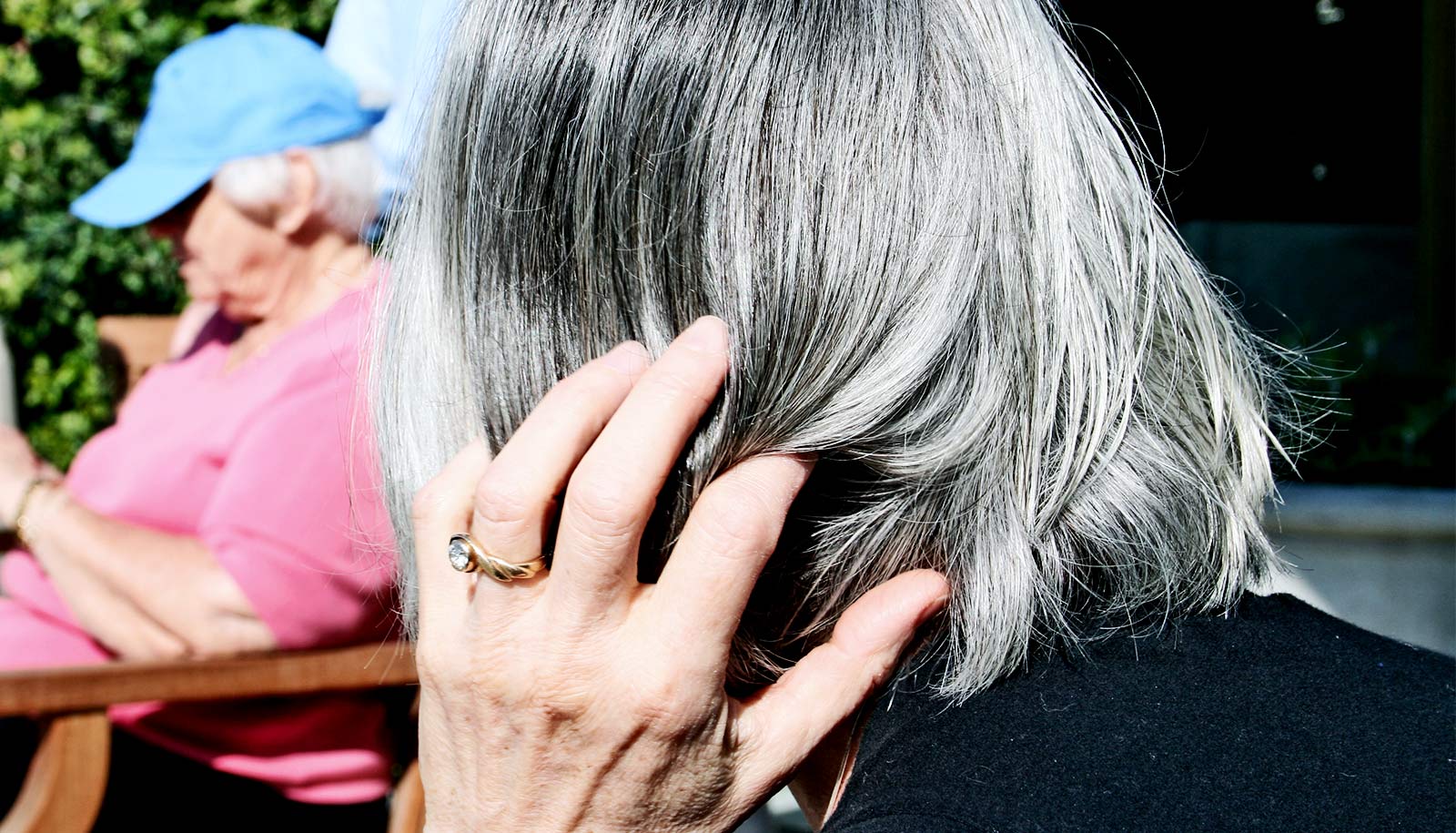New research identifies new potential drug targets that could one day lead to a poison ivy treatment for humans.
The findings in JCI Insight point to two proteins and a neurotransmitter involved in poison ivy itch in mice. Blocking or suppressing the proteins and the receptor appeared to relieve poison-ivy itch in ways antihistamines and steroids cannot, says senior author Sven-Eric Jordt, an associate professor of anesthesiology, pharmacology, and cancer biology at Duke University.
The findings build on the team’s previous research on how nerves help drive the body’s response to urushiol, the irritant within the oily sap in plants including poison ivy, poison sumac, and poison oak.
“There are about 10 million cases a year for which people seek medical help and often those people are given large doses of steroids or antihistamines that are only partially effective because only some of the itching is caused by the body’s production of histamine,” Jordt says.
“It’s these alternative pathways and receptors on nerves that together are also contributing to the itch sensation. Our studies show that if you block those signals, you can also alleviate the itch.”
One of the three targets is the protein, thymic stromal lymphopoietin (TSLP), which drug companies are currently targeting to relieve asthma symptoms. When scientists injected an antibody for this protein in mice, it appeared to relieve their itching. They also describe the involvement of the protein endothelin 1 (ET-1) and the neurotransmitter serotonin.
The findings could lead to potential treatments for the estimated 75 percent of people in the US who are allergic to plants that contain urushiol, the researchers believe. For many people, the rash dissipates on its own, but the incessant itching often leads to scarring and even infection, Jordt says.
“Studies have shown that higher levels of carbon dioxide in the atmosphere are creating a proliferation of poison ivy throughout the US—even in places where it wasn’t growing before,” Jordt says. “When you consider doctor visits, the costs of the drugs that are prescribed, and the lost time at work or at school, the societal costs are quite large.
“Our next step will be to look at human skin to see if we see the same activity and the same pathways,” he says.
Additional authors of the study are from Duke and Zhejiang Chinese Medical University. The National Institute of Arthritis and Musculoskeletal and Skin Diseases, part of the National Institutes of Health, the Zhejiang Natural Science Foundation, the National Natural Science Foundation of China, and Zhejiang Chinese Medical University funded the work.
Jordt declared one potential conflict of interest: he has served on the scientific advisory board of Hydra Biosciences LLC, a biopharmaceutical company developing transient receptor potential channel inhibitors for pain and inflammation.
Source: Duke University


